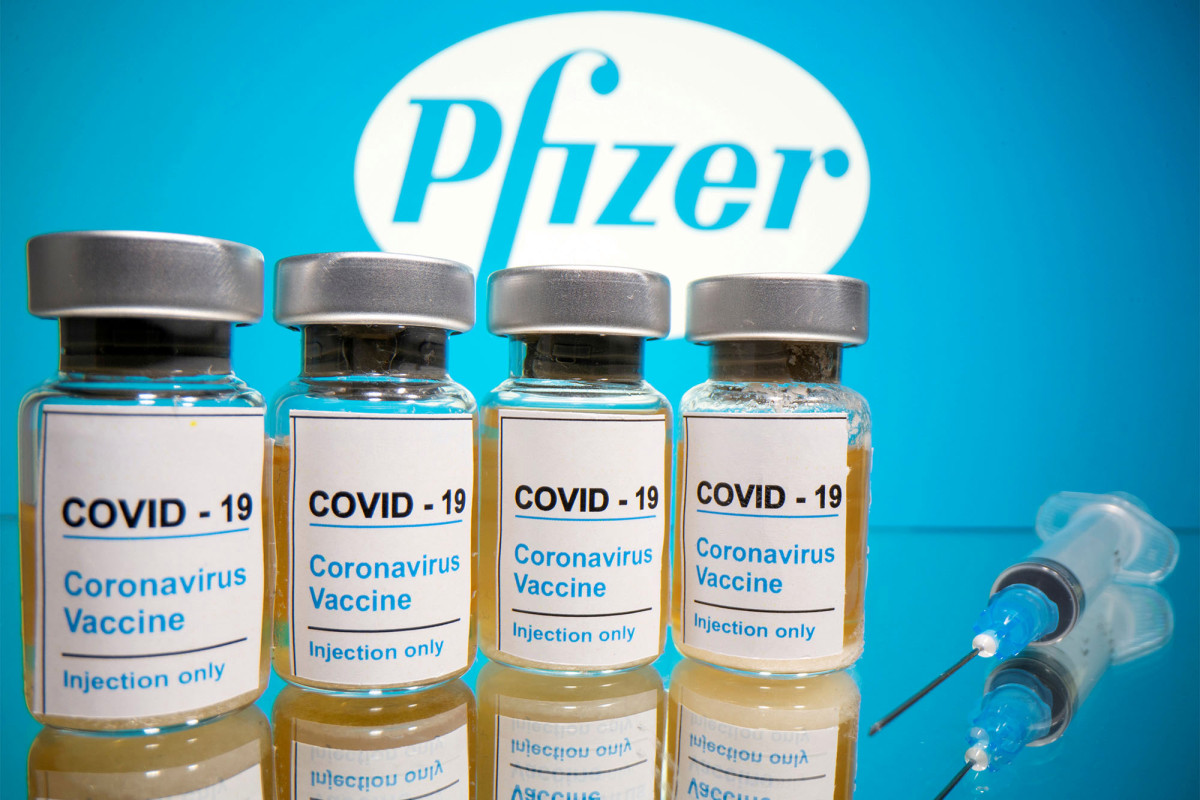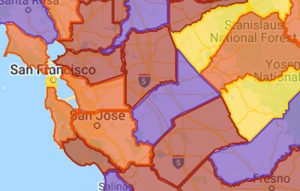Pfizer’s promising new COVID-19 vaccine could become a logistical nightmare to distribute to Americans — all because of the ultra-cold temperatures in which it must be stored, experts said.
The potential coronavirus shot will need to be kept at an astonishing minus 94 degrees Fahrenheit or below to actually be effective.
“It’s unlikely that the average pharmacy or doctor’s office will be able to manage this vaccine,” Dr. William Schaffner, a professor of infectious disease at Vanderbilt University Medical Center, told The Post.
Schaffner said the vaccine brings unique challenges since it’s not protein-based like most other inoculations.
“Proteins are pretty stable and that’s what most vaccines are. They’re manufactured so they can just be kept in the refrigerator,” Schaffner said.
But the Pfizer vaccine is “very different” because it’s formulated from a synthetic mRNA in order to activate the immune system against the virus, Schaffner said.
If not kept at the correct temperature, the mRNA component “begins to fall apart and twist around in ways so it doesn’t become effective,” he said.
“The vaccine is so fragile. This mRNA begins to degrade at warmer temperatures very quickly and so it has to be maintained at this very, very cold temperature,” he said.
Hospitals typically have fridges that can go down to 35 to 45 degrees Fahrenheit, which would allow them to store the vaccine for five days.
But the complex storage requirements mean that healthcare workers will have to be specially trained to quickly and safely take out the vial and administer the shot, Schaffner said.
And for people looking to go out and get the vaccine, it likely won’t be as simple as walking into a clinic.
“You’re going to have to have a lot of people lined up to get the vaccine otherwise you’ll waste the vaccine,” he said.
“We won’t be able to bring the vaccine to the person. We’ll have to bring all the persons to the vaccine.”
Dr. Sandra Kesh, an infectious disease specialist at WestMed Medical Group, said that becomes more difficult when you factor in other obstacles — including that the group would have to come back for the second dose three weeks later.
“When you think about and staffing and the social distancing and how you can’t have people packed into a waiting room, it becomes very difficult to think about how this might work,” Kesh told The Post.
Kesh said even without the obstacles of storing the vaccine, it would be an unprecedented challenge to vaccinate enough people to achieve herd immunity in the nation.
“If you’re looking at 60 or 70% of the population needed to get vaccinated, what does that look like realistically?” Kesh said, noting that on average most years only around 40% of the national population receives the flu vaccine.
“Even if you had every pharmacy going full tilt, every hospital going full tilt [and] every doctor’s office, it’s still going to be a challenge to get the number of people vaccinated in a short period of time,” she said.
But she said that she’s confident that the leading vaccine candidates have thought through many of these hurdles.
“They do look at what’s involved in the actual transport and preparation because if it’s not logistically possible, then it almost looks at pointless,” she said.



















